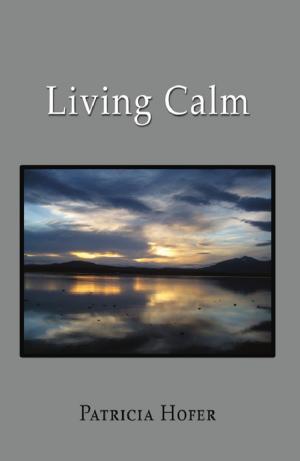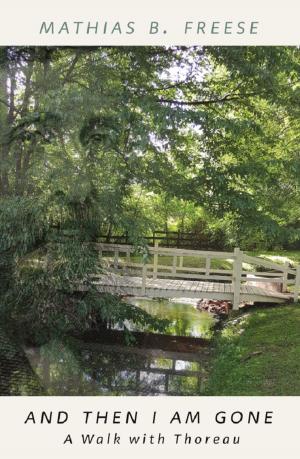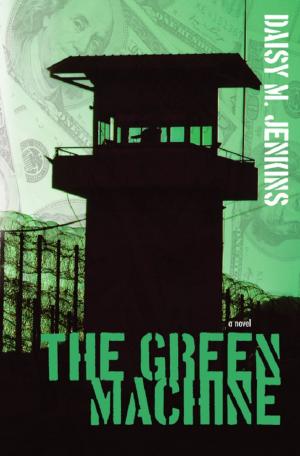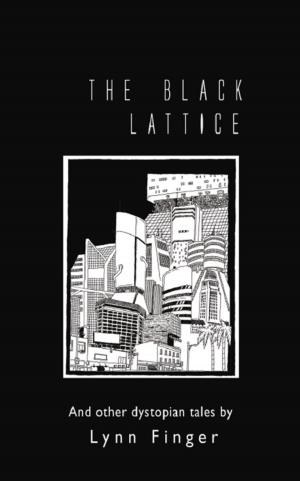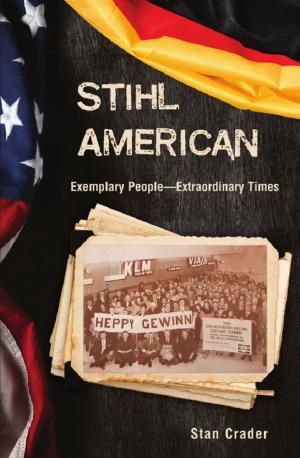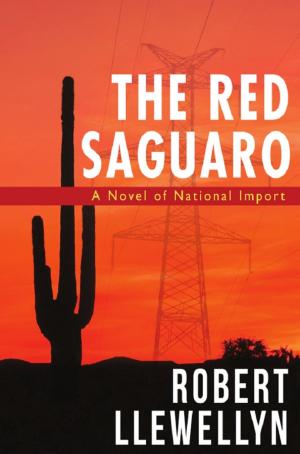| Author: | Aloma J. Barnes | ISBN: | 9781627873048 |
| Publisher: | Wheatmark, Inc. | Publication: | October 28, 2015 |
| Imprint: | Wheatmark | Language: | English |
| Author: | Aloma J. Barnes |
| ISBN: | 9781627873048 |
| Publisher: | Wheatmark, Inc. |
| Publication: | October 28, 2015 |
| Imprint: | Wheatmark |
| Language: | English |
The story of Dunbar, the neighborhood that took its name from the school in its midst, is in many ways the story of America. An almost forgotten 160-acre swatch of land north of the town of Tucson, Arizona, it was inhabited by a hardy mix of Anglos, Mexicans, Yaqui Indians, colored people (as African-Americans were called then), and Chinese. Separated from downtown Tucson by the Southern Pacific Railroad tracks, Dunbar's northernmost blocks had been the Court Street Cemetery since 1875.
Then, in 1912, statehood changed everything. It introduced mandatory school segregation which forced colored children to attend schools built only for them. In response, the Tucson school board converted an undertaker parlor/bakery into such a facility. Within five years the increasing number of students led to the construction of a school at 300 N. 2nd Street, which became the focal point of the neighborhood. The board named it the Paul Laurence Dunbar School after the renowned colored poet.
Dunbar: The Neighborhood, the School, and the People, 1940–1965 tells the heartfelt and moving story of that community, and the other neighborhoods that fed into the school, as they all grew and thrived. It is told, as much as possible, using the words of those who lived it. The twenty-five years noted in the title began with the arrivals of Principal Morgan Maxwell, Sr., and Dr. Robert D. Morrow, superintendent of Tucson School District No.1; it spanned three wars, the first school integration, and the march of history.
About the Author
Author Aloma J. Barnes is a long-time resident of the Dunbar neighborhood of Tucson, Arizona. She is a retired nurse and newspaper woman who has spent the past two years researching and interviewing the faculty and students of the Dunbar elementary and junior high schools to share its story.
The story of Dunbar, the neighborhood that took its name from the school in its midst, is in many ways the story of America. An almost forgotten 160-acre swatch of land north of the town of Tucson, Arizona, it was inhabited by a hardy mix of Anglos, Mexicans, Yaqui Indians, colored people (as African-Americans were called then), and Chinese. Separated from downtown Tucson by the Southern Pacific Railroad tracks, Dunbar's northernmost blocks had been the Court Street Cemetery since 1875.
Then, in 1912, statehood changed everything. It introduced mandatory school segregation which forced colored children to attend schools built only for them. In response, the Tucson school board converted an undertaker parlor/bakery into such a facility. Within five years the increasing number of students led to the construction of a school at 300 N. 2nd Street, which became the focal point of the neighborhood. The board named it the Paul Laurence Dunbar School after the renowned colored poet.
Dunbar: The Neighborhood, the School, and the People, 1940–1965 tells the heartfelt and moving story of that community, and the other neighborhoods that fed into the school, as they all grew and thrived. It is told, as much as possible, using the words of those who lived it. The twenty-five years noted in the title began with the arrivals of Principal Morgan Maxwell, Sr., and Dr. Robert D. Morrow, superintendent of Tucson School District No.1; it spanned three wars, the first school integration, and the march of history.
About the Author
Author Aloma J. Barnes is a long-time resident of the Dunbar neighborhood of Tucson, Arizona. She is a retired nurse and newspaper woman who has spent the past two years researching and interviewing the faculty and students of the Dunbar elementary and junior high schools to share its story.


